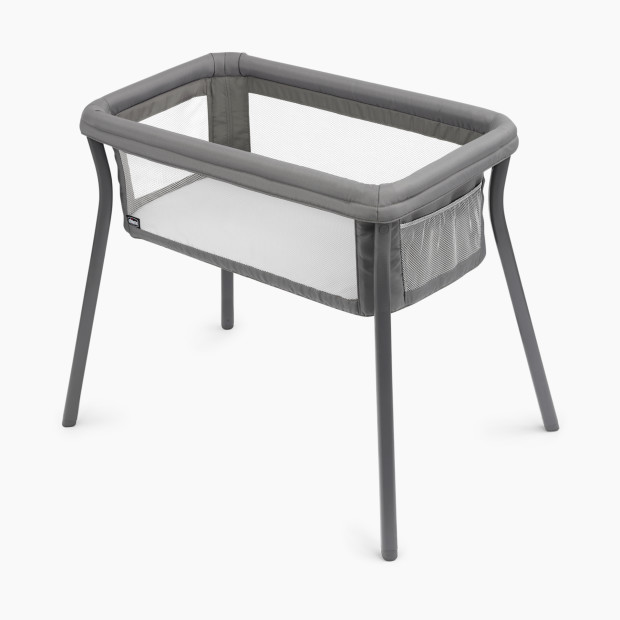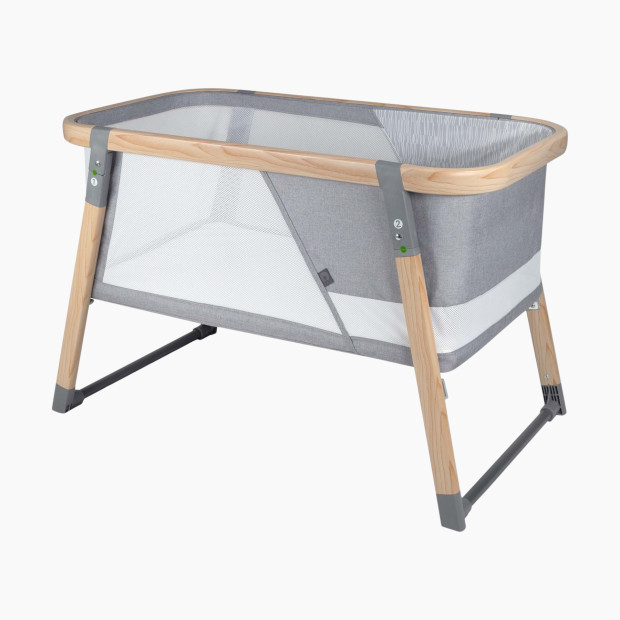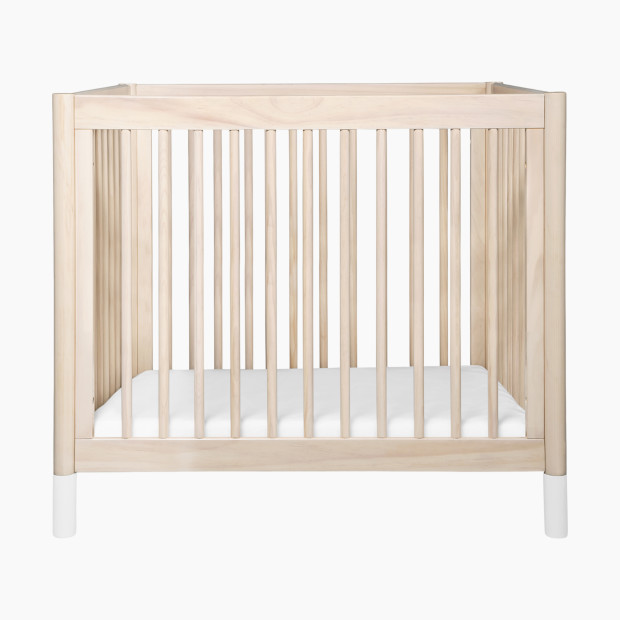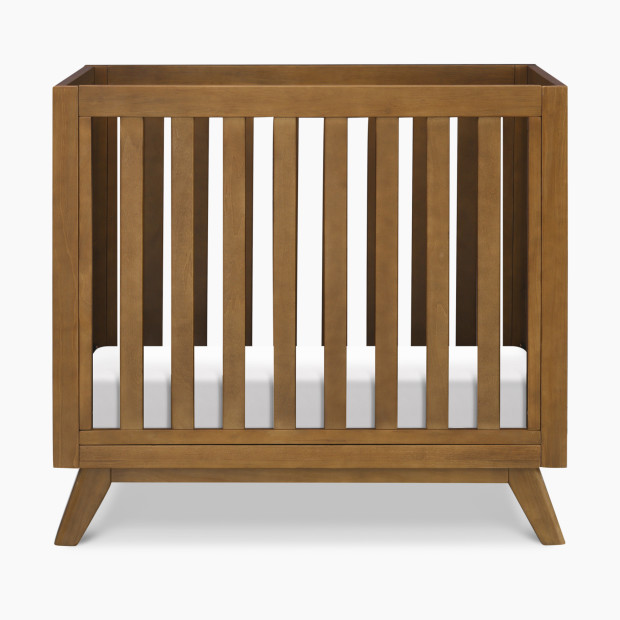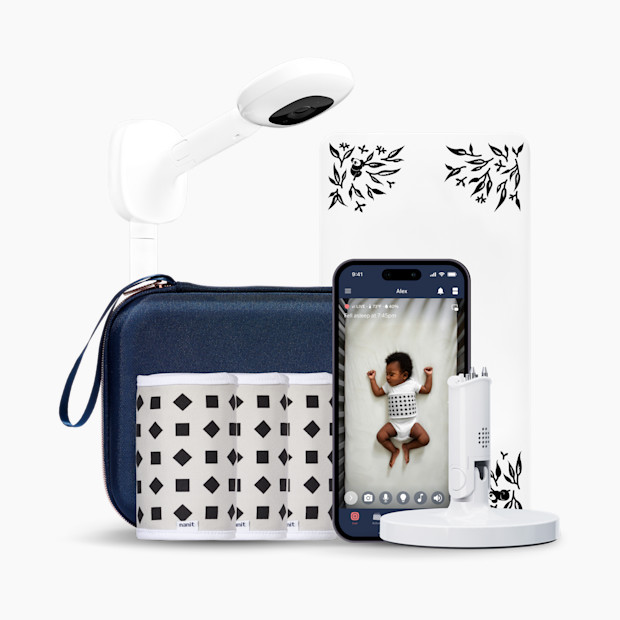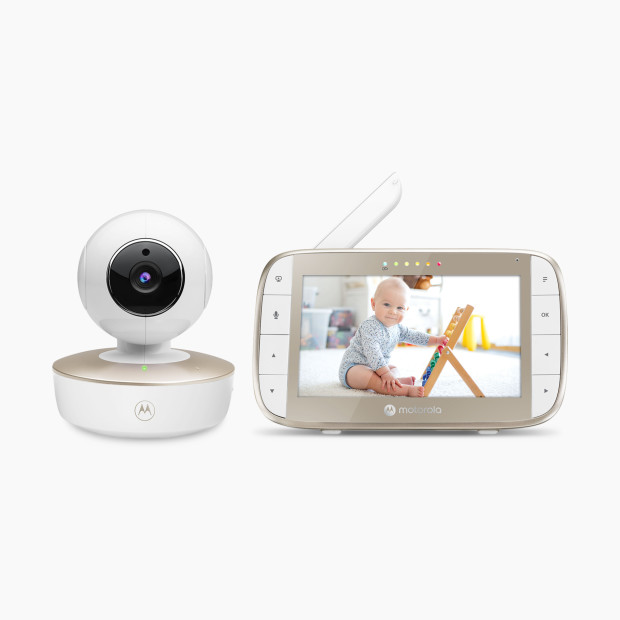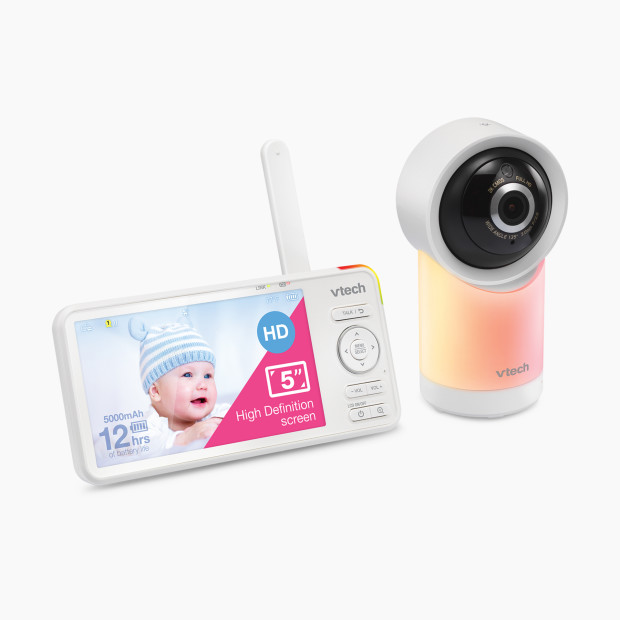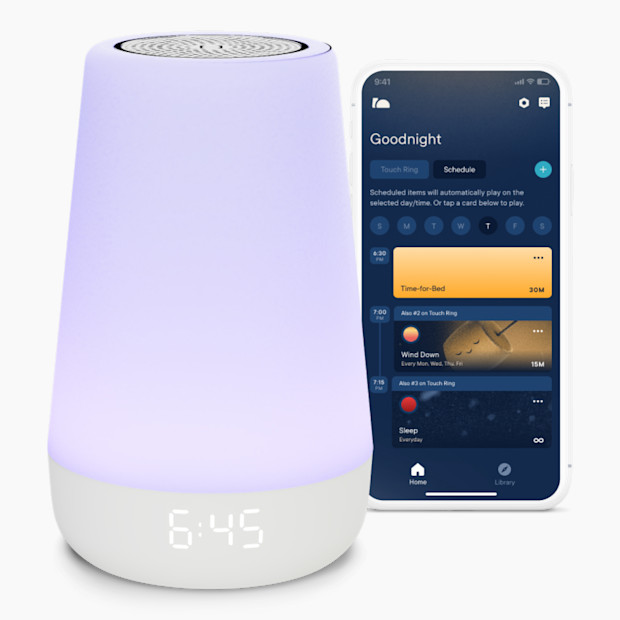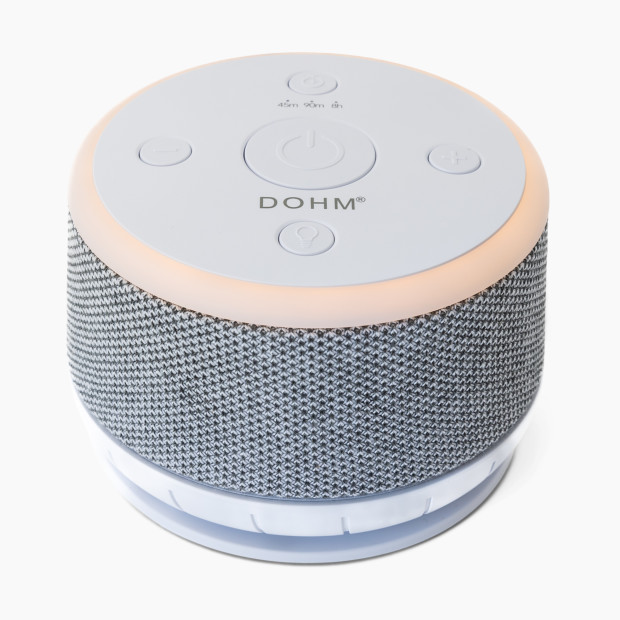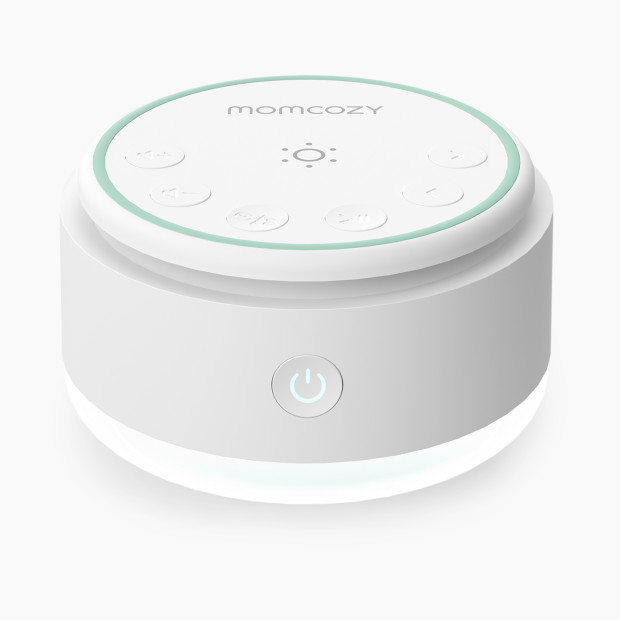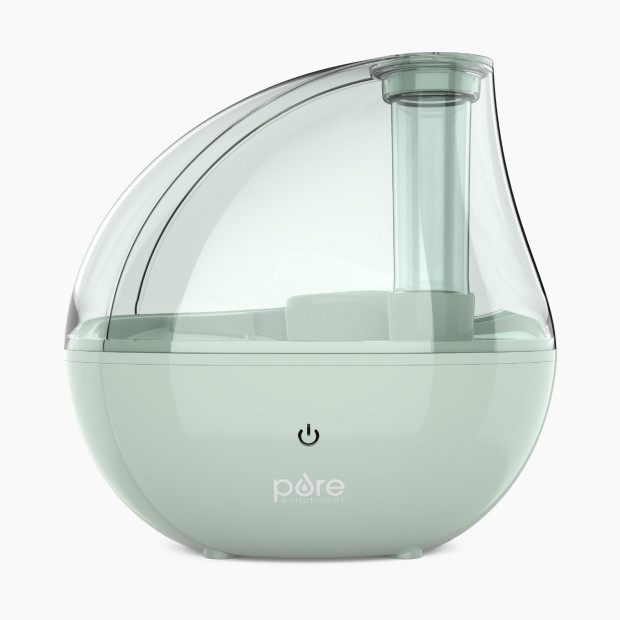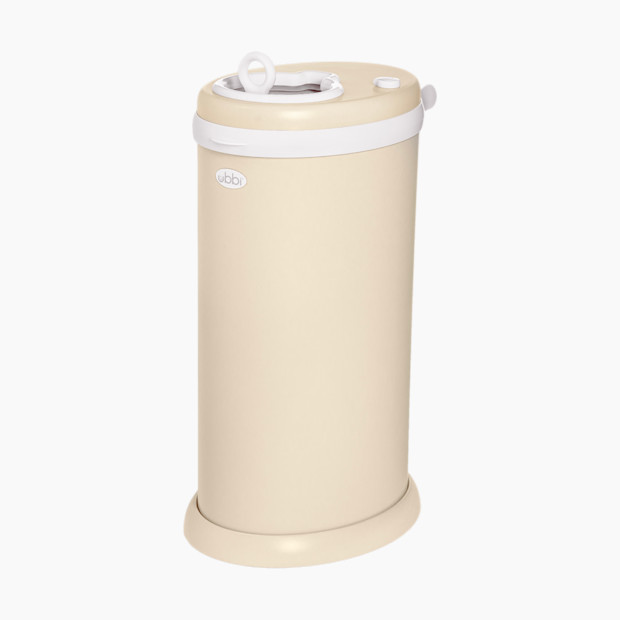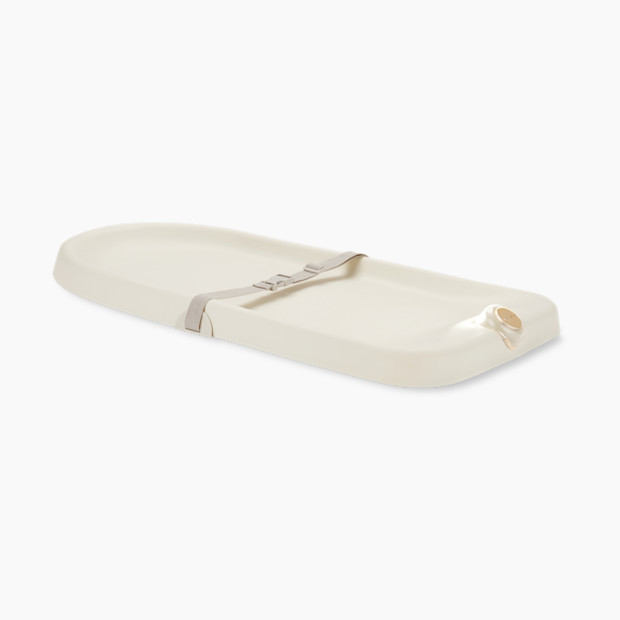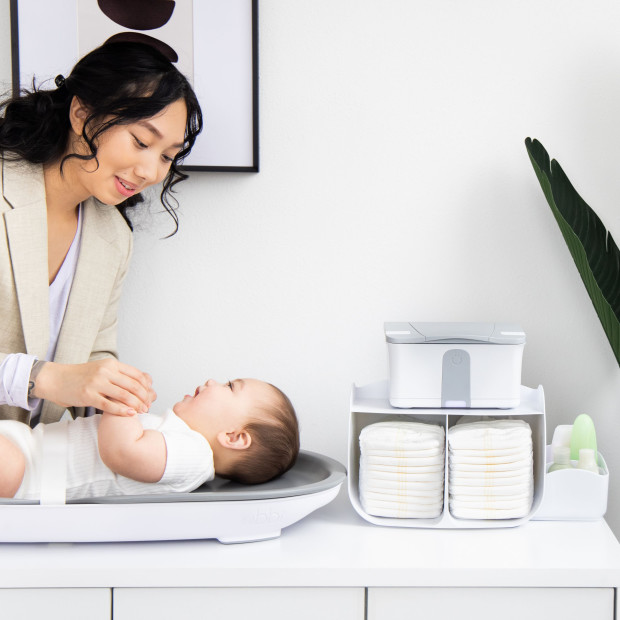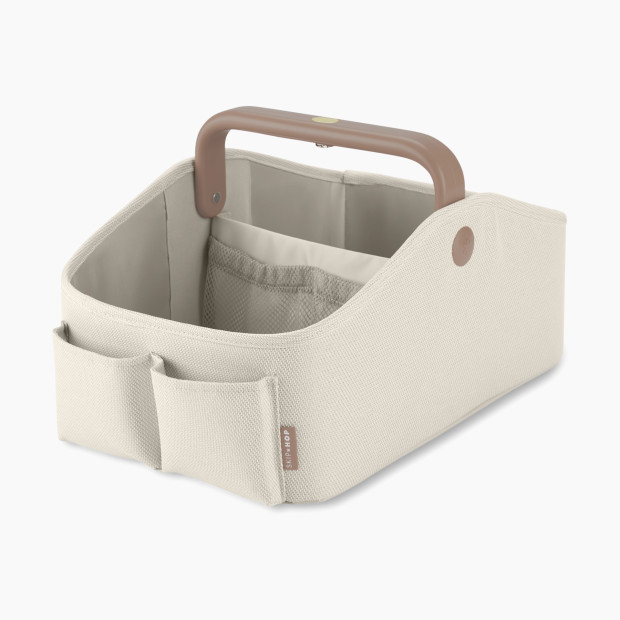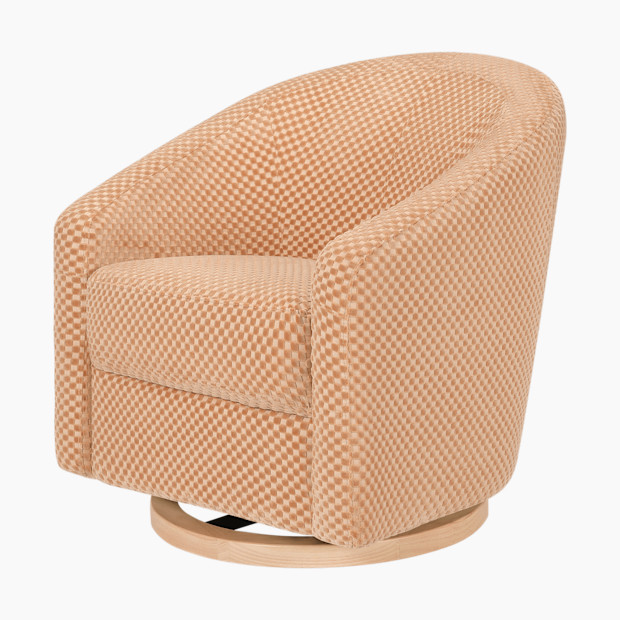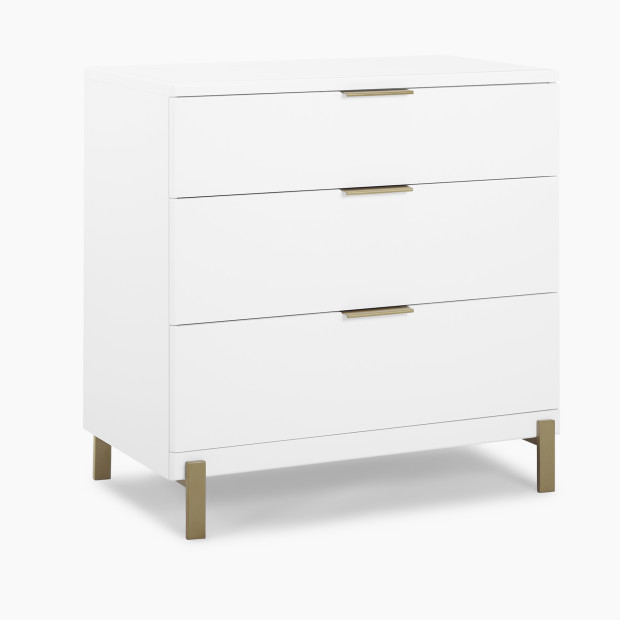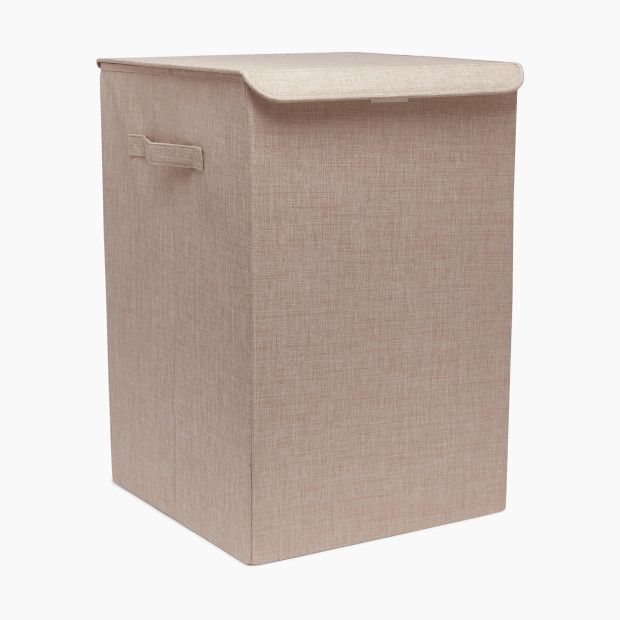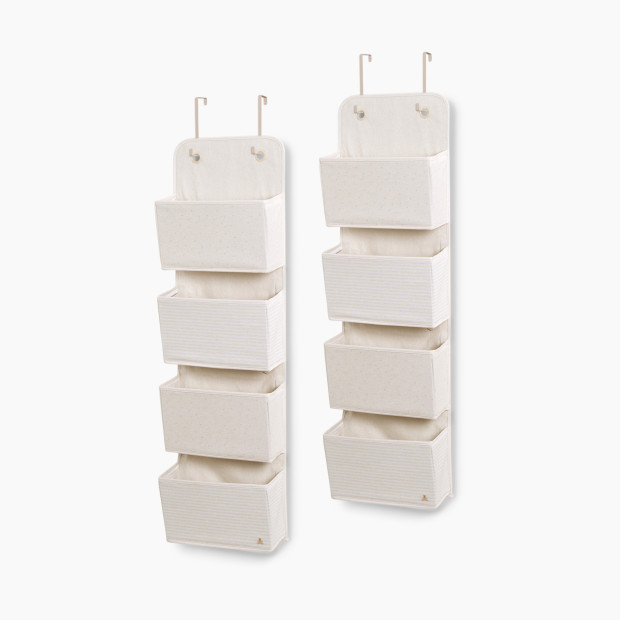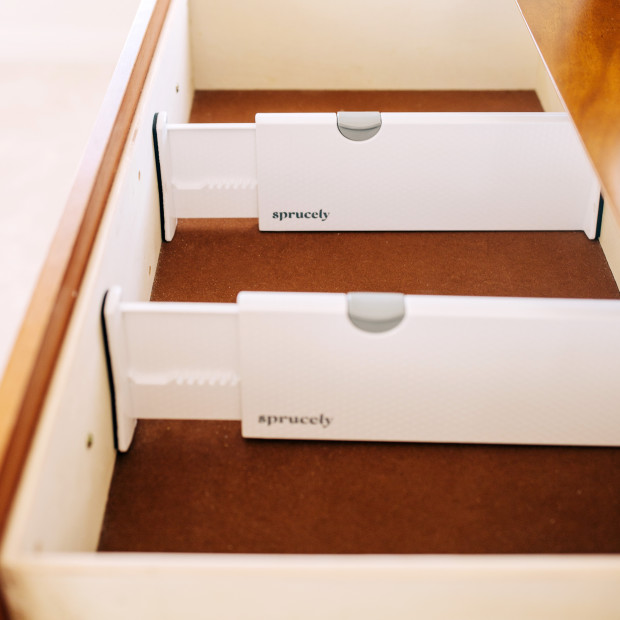
How to Set Up A Nursery Nook in Your Room
No separate bedroom for your baby’s nursery? Here’s what you can do instead.

By Briana Engelbrecht
Fact Checked by Shannon Vestal Robson
In This Article
Not every family has a ton of room to set up their baby’s things. But living in a smaller space doesn’t mean you can’t create a sweet, designated nursery space for your baby when you're getting ready for their arrival.
I lived in an 850-square-foot home when my second baby was born, with my first already claiming the tiny second bedroom. I still wanted the excitement of setting up a space just for her, so I carved out a nursery nook in my (very small) bedroom. What is a nursery nook? This is essentially creating a nursery within the parents’ bedroom or any corner of your home.
Setting up a nursery nook in your bedroom is helpful even if you’re not short on space—the American Academy of Pediatrics recommends room-sharing for at least the first six months of baby’s life to help reduce the risk of SIDS. Creating a dedicated spot in your bedroom for a bassinet, changing station and baby essentials can be a smart solution for most families.
Here’s how to create the perfect nursery corner in your bedroom.
Step 1: Choose A Spot
The first step is to figure out where you want to set up your nursery nook. This will determine exactly how much space you have to play around with and also what size bassinet, mini crib and other furniture you can get.
Step 2: Pick Out the Nursery Essentials
If you’re creating a nursery corner in your room, you’ll want to decide what basics to include—mainly for things like sleeping and diapering. Here are some of the key bases you’ll want to cover.
Bassinet or Mini Crib
The most important piece of furniture when setting up your baby’s “nursery” in your room is a safe space for them to sleep (i.e., a separate, flat, firm surface with nothing else in it)—and this can be either a bassinet or a mini crib. Bassinets have a rather short lifespan since you can only use them until your baby can roll (which usually happens between four to six months), but there’s no doubt about them being perfect for the newborn period. They help keep baby within reach for middle of the night feeds or diaper changes. Some bassinets are designed to sidle right up to your bed, with legs that tuck underneath your bed frame, and some have features like zip-down sides so you can easily pick baby up.
A mini crib works well, too, since they have smaller footprints than a regular crib (though it’s not as close-to-me friendly). Mini cribs may take up a bit more space than a bassinet, but you’ll need a crib to transfer baby eventually anyway (depending on which mini crib you choose; most can be used well into the toddler years). If you go this route, you’ll generally have one less sleep-space transition to figure out. As an added bonus, if you choose one that’s convertible, it’ll grow with your baby because they can turn into a toddler bed and later a regular twin-sized bed.
Sleep Accessories
Next you’ll want to be sure you have the sleep basics, including a baby monitor, a sound machine to drown out background noise, a humidifier and something to sleep in: swaddles for the newborn period and sleep sacks for later, after they start rolling. You can utilize spots like a nightstand or dresser to set these gadgets up. The Nanit monitor below can be installed on the wall (taking up no surface space), while these other options also have smaller profiles that make them ideal for smaller spaces.
Diapering Essentials
A nursery space isn’t really complete without some sort of diaper changing area. When setting this up in your bedroom, the best space-saving hack is to use your dresser plus a changing pad and diaper caddy. If you don’t have a separate room for baby’s nursery (and all of their things will be in your room) you can get them their own smaller, three-drawer dresser for storing clothes and diapering essentials if you have the space.
Extra Furniture
If you have enough room, here are a few pieces of nursery-related furniture you can also add to your bedroom, like a small dresser for their clothes or a comfy chair with a smaller profile for feeding or rocking your baby.
Step 3: Get Creative with Organization + Storage
When you live in a place with minimal square footage, you’ll need to think outside of the box (no pun intended) when it comes to organizing baby’s things. This is more important if your in-bedroom nursery nook will be your baby’s primary nursery (you don’t have another room to set up). The biggest tip is to “go up” with your storage. This can look like over-the-door organizers for storing clothes and extras. You can also give your nightstand a glow-up and utilize the space for baby products for middle of the night convenience (like their pacifier and an extra burp cloth) and breastfeeding or bottle feeding essentials.
Step 4: Decorate
Lastly, make it cute! You can add a few decorative pieces like a mobile, small rug and a few pieces of wall decor to further differentiate their little nursery nook.
